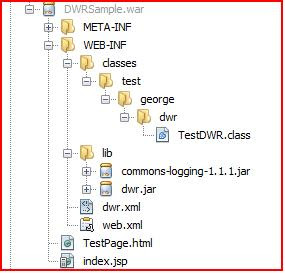The "Black Sheep" Way of Answering Inquiries from Managers
This is what i will be discussing in my Technical Communication class. We can pick a topic that is familiar to us. Since i have been teaching my daughter to read I became really familiar with nursery rhymes. I am going to take my classmates all the way back to nursery. Baa, baa, black sheep , Have you any wool ? Yes sir, yes sir, Three bags full. One for the master, One for the dame, And one for the little boy Who lives down the lane. Introduction Before we discuss the things that we can learn from the black sheep, we need background to relate this simple nursery rhyme to a management context. Who is asking the question “Have you any wool?” We know that it is not the “Master” because later on the sheep said “One for the master” which implies somebody other than the “Master” is asking the question. The sheep referred to the one asking the question “Sir” which is acknowledging the authority of the one asking to ask the question. We can deduct that the one asking the question is somebody ...
